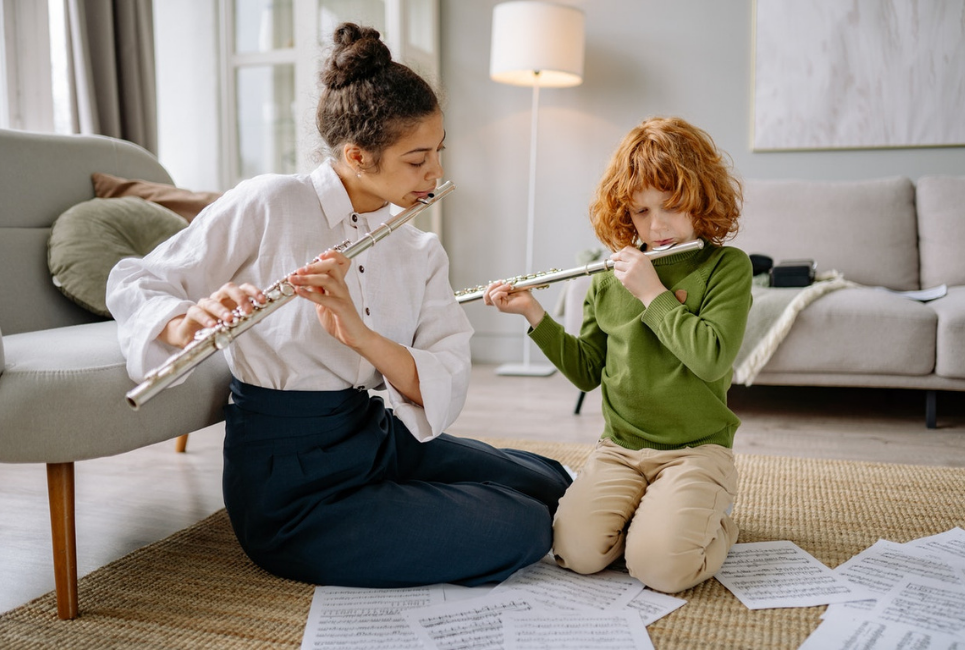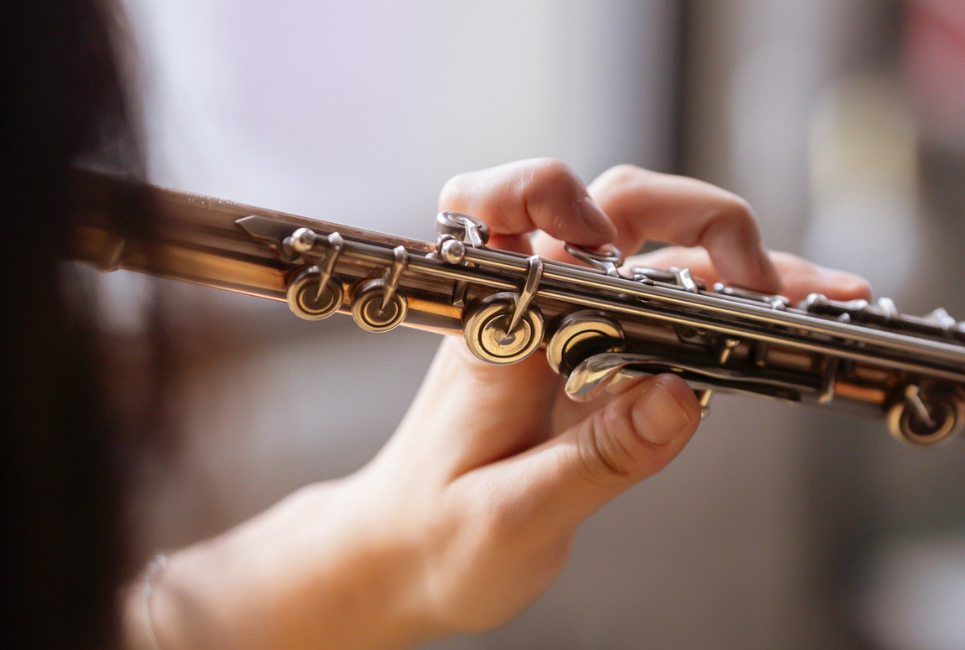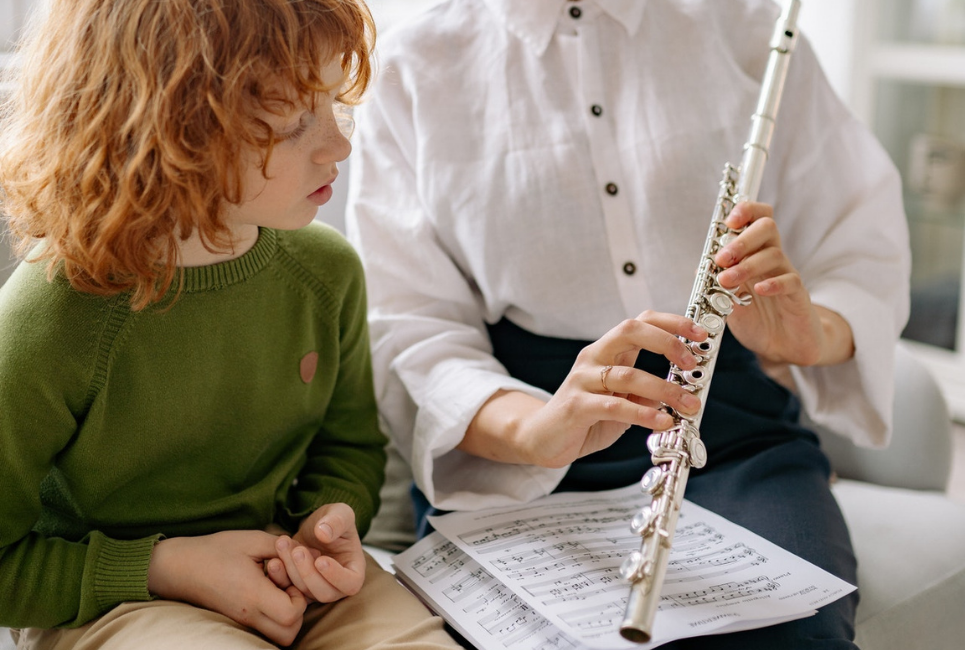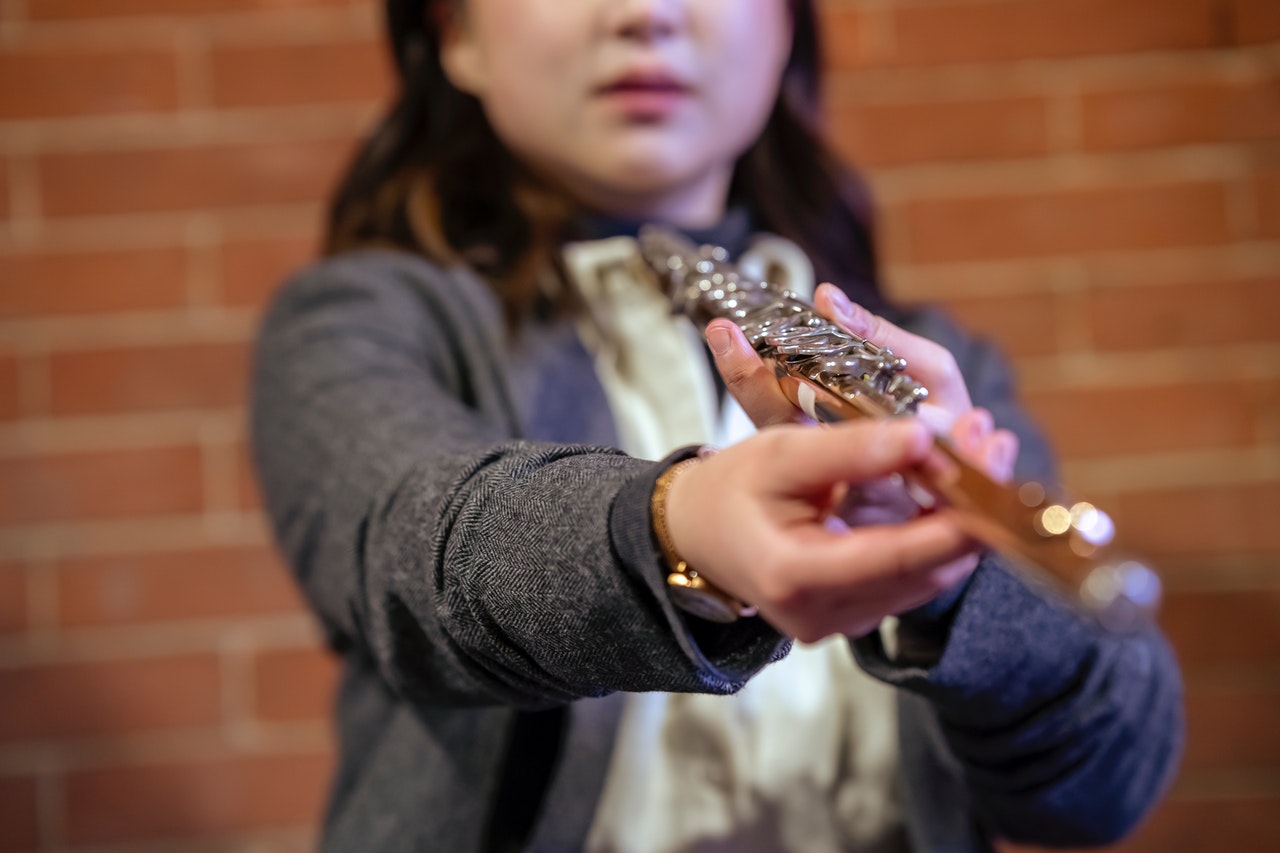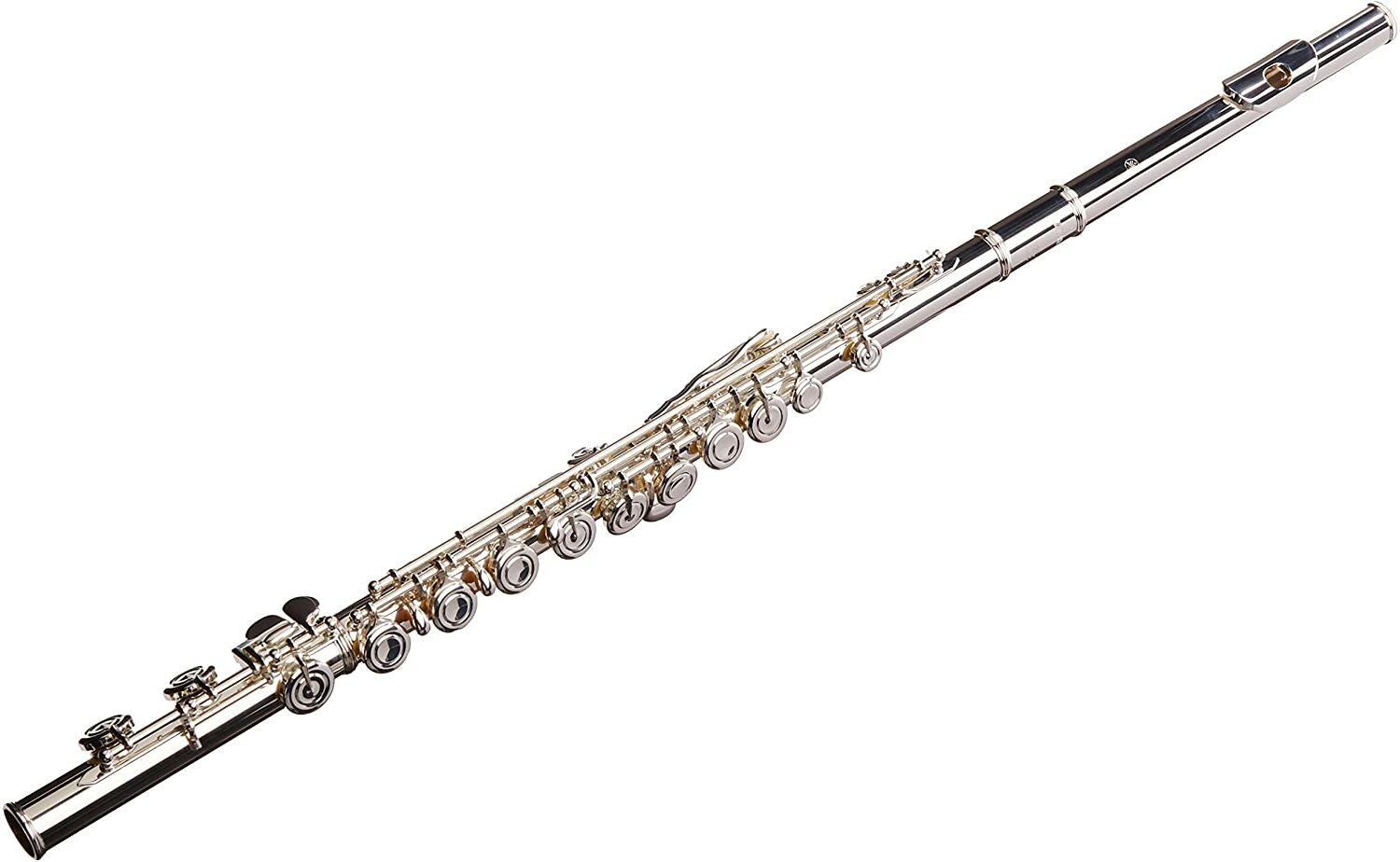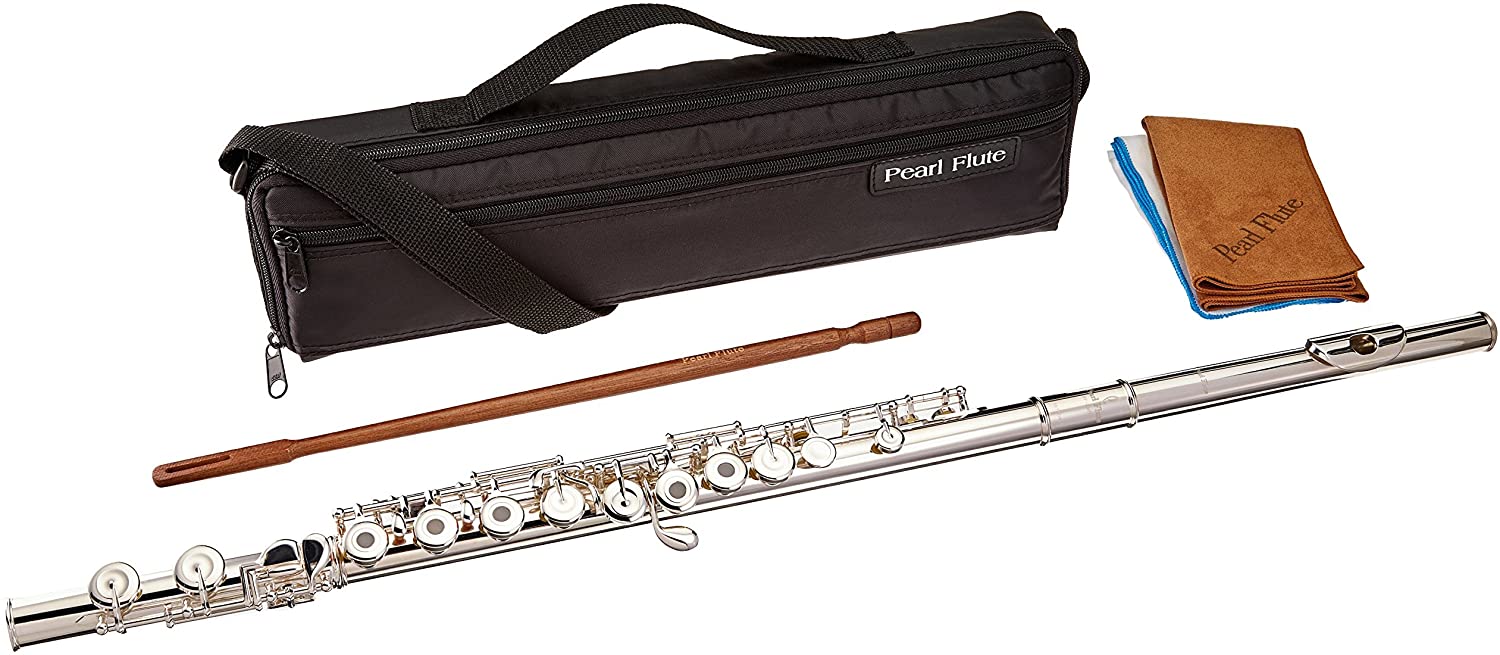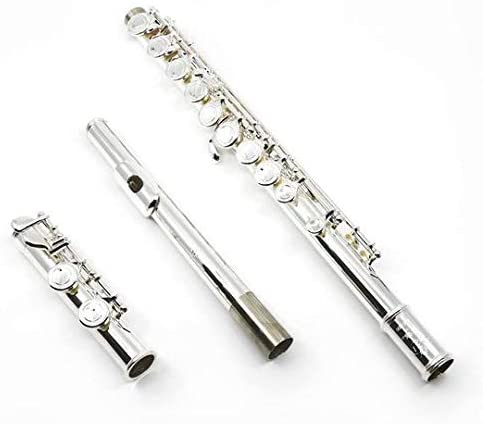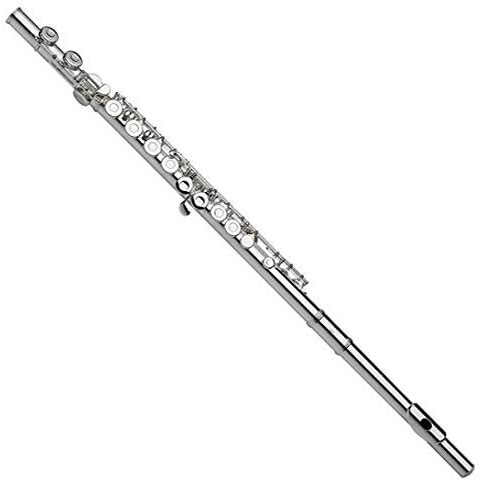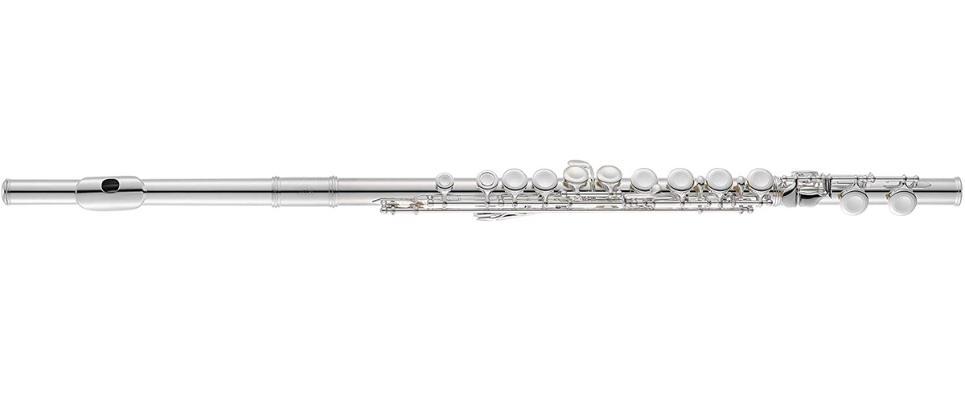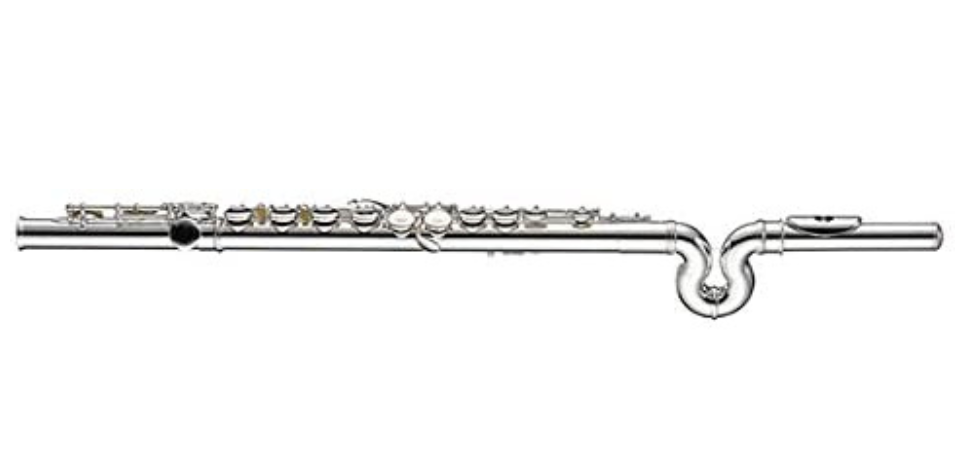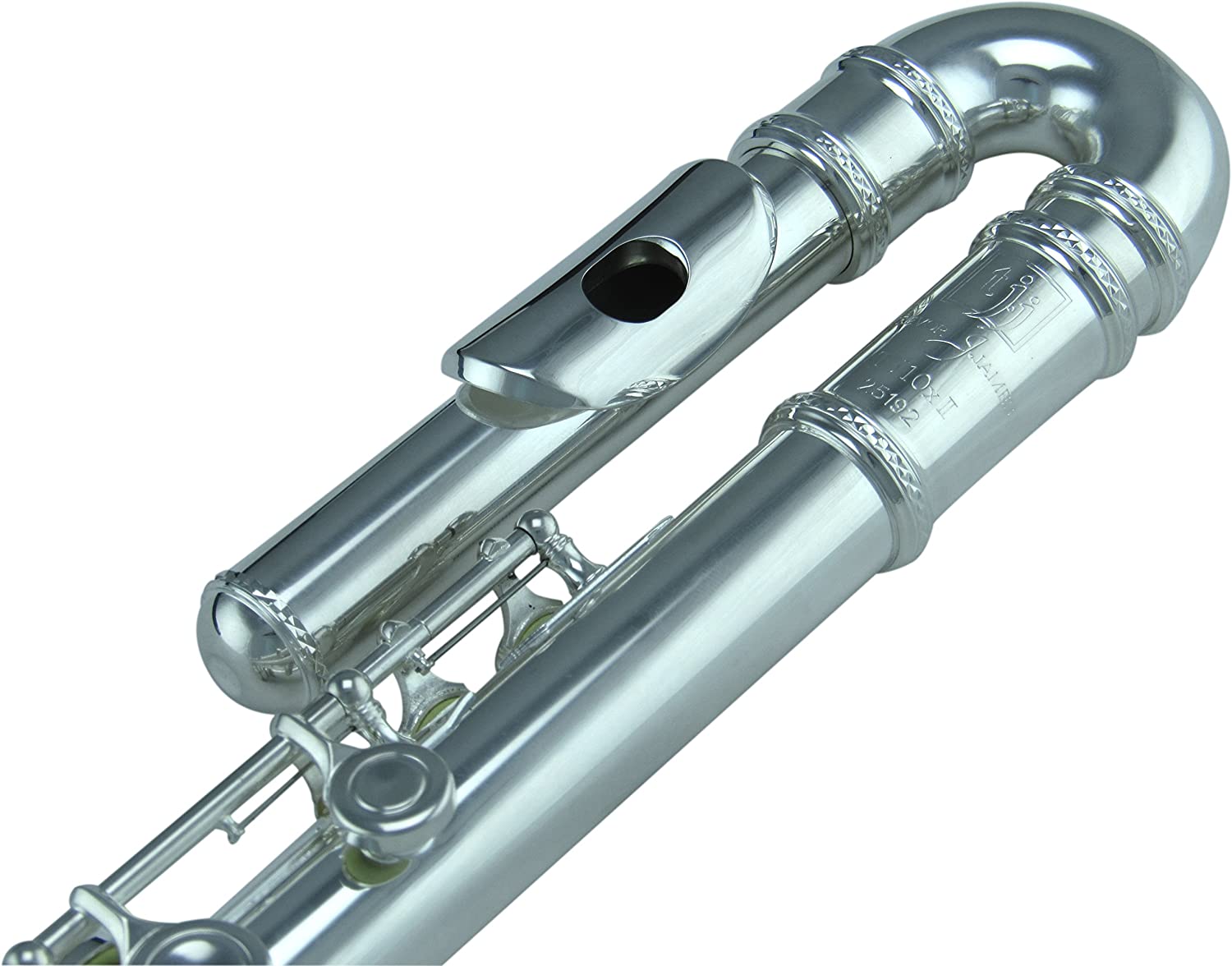- How to Find the Best Sopranino Saxophone - May 31, 2022
- How to Find the Best Contrabass Saxophone - May 30, 2022
- Trumpet Range Guide: Understanding The Entire Trumpet Range - May 19, 2022
Do you want to be the next Lizzo or Emmanuel Pahud? You should know how to find the best beginner flutes and narrow your search to find your perfect match.
Whether you’re a student or have a student, the right flute can make a world of difference. Then, music won’t seem as difficult or boring.
How To Find The Best Beginner Flutes
Learning how to find the best beginner flutes is important for students and teachers. As a student, it can help you find the right instrument to start learning how to play music.
Teachers and parents can use their knowledge of flutes to help their kids or students. That way, you can give them all of the tools they need to succeed.
Either way, here are some steps to take to help find the right beginner flute for you or your student.
Check Out Popular Brands
A brand’s popularity is an excellent sign of how good or bad the flutes it makes can be. You can look at the flute sections of beginner school bands for some inspiration.
For example, a lot of young flute students play Gemeinhardt, Jupiter, or Yamaha flutes. However, those are far from the only good flute brands to consider.
Trevor James, Di Zhao, and Pearl also make fantastic flutes for beginners. What’s more, the variety of beginning flute models means you can find a good one at almost any price point.
Consider The Beginner
Whether you’re looking to learn the flute or know someone who is, think about that player. If you’re an adult or teenager looking to play the flute, you can comfortably play most beginner models.
However, maybe you have a young child looking to learn the instrument. They may not be able to reach the keys on a standard flute.
Luckily, more brands are starting to adapt the shape of the headjoint or body to meet the needs of smaller flutists. That way, you can get your child or student an instrument that will work for them.
Determine Your Budget
Most beginner flute models cost $1,000 or less, and some are much cheaper. You may be able to find a good beginner flute for around $200 or so.
While that range isn’t massive, it’s large enough to require a budget. Then, you can make sure you can afford whatever flute you try and decide to purchase.
If you have more money to spend, you can get a better quality model. However, there are plenty of options for $500 or less, so try to save up at least that much to get your first flute.
Set Realistic Expectations
When it comes to buying the best flute, you get what you pay for. While you can pay as little as $100 for a new beginner flute, it may not be as good or durable as a more expensive model.
So if you’re on a tight budget, keep that in mind when shopping for a flute. You can still get an instrument that will play, but it might not last as long, or you may experience leaks or other problems that keep the flute from working properly.
Fortunately, you can get a cheap flute to start playing. However, know that you may need to upgrade earlier than if you spend more on a flute from a more reputable brand.
Set Some Goals
Playing the flute is a great way to spend your time, but you should think about what you want to get out of it. Maybe you want to eventually join a community band or orchestra.
Or perhaps you want to eventually go to college for music. You may not have huge goals right now, but think about the big picture when it comes to playing the flute.
That way, you can choose a flute that will help you make as much progress toward those goals as possible. If you know you want to take the flute seriously, getting a more expensive beginner model means you can play it longer as you advance.
Understand The Specs
A lot of beginner flutes have the same specs, including silver plating, closed-hole keys, and a C footjoint. However, you can find a few beginner models with different features.
Some have a low B footjoint, so you can play a half-step lower than on other flutes. You might also find a beginner flute with open holes that require precise finger positions to cover.
The most common way beginner flutes can differ, though, is with the headjoint. To help younger players learn the instrument, some flutes have a curved or waveline headjoint to bring the instrument closer to the player.
Find A Teacher
Ideally, you’d be able to hire a private flute teacher to work with each week. However, you should look for a local flute teacher to at least help you shop for a flute.
The teacher can recommend brands that have worked for students similar to you. If the teacher has some experience, they may also keep up with regular developments of student flutes.
Plus, they can go with you to test a flute, and they can play the instrument for you. That way, you’ll be able to hear how it sounds, and the teacher can look for any mechanical issues that could inhibit your progress.
Watch Flute Reviews
If you can’t find a teacher willing to help you find a flute, head to the internet. You can find tons of flute review articles and videos online to learn more about specific models.
Articles reviewing flutes explain the specs in more detail, while reviews can help you get an idea of how the flute sounds. That way, you can figure out if a flute is right for you.
When it comes to flute review videos, my favorite person to watch is Joanna of JustAnotherFlutist. She reviews flutes of all levels and usually reviews two or more in one video to help you compare your options.
Visit A Music Shop
Once you’re ready to shop for the best beginner flutes, try to head to a music store. If you don’t have one near you, look at online retailers that carry a large selection of flutes.
Then, you can see what they have in stock to try or order. If you’ve worked with a teacher or watched reviews, you may know which beginner model you want to buy.
However, you might be able to try the flutes yourself. Even if you don’t have a ton of playing experience, trying flutes may help you eliminate some models to help you choose which one is best.
Look For A Rental
When you’re just starting to learn the flute, you may not want to commit to purchasing an instrument. The flute can be hard to learn, and it’s not right for everyone.
To keep from spending too much money at first, you may want to rent a flute. You can still consider different brands and models, but look for a local or online rental program.
Then, you’ll be able to get your hands on a good-quality student flute for less money upfront. Some programs will even let you use your rental payments to finance the purchase of the flute if you end up liking it.
Finance The Flute
Speaking of financing a flute, you can go straight to that option if you know you want to buy one. If you don’t have the money to pay for a flute in full, financing is great.
You can pay a set monthly rate over a year or two until you pay off the instrument. Then, it will be yours to keep, sell, or do whatever you want with.
Financing a flute is great for beginners and anyone on a budget. That way, you don’t have to compromise on the quality of the instrument just to get one you can afford.
Shop Used
Another way to save money on your beginner flute is to look for a used one. You can find used flutes on personal marketplaces, such as Craigslist and Facebook.
However, some retailers have consignment programs where they sell used instruments for other people. That way, you can shop for new and used flutes at the same time.
You’ll also get a lot of the same benefits of buying through a store, such as a warranty or guarantee. And you don’t have to worry about paying the seller only for them to take the money and run.
Review The Return Policy
When shopping for a flute, especially if you can’t try it first, consider if you can return it. Then, you’ll be able to test the flute to see if it works for you.
If it doesn’t meet your needs, you can return it for a refund or exchange it for another flute. That can be a great option when you order a flute online.
It’s also another excellent reason to shop through a retailer rather than buy from an individual. A lot of individual sellers may not want to offer a return period and risk not selling their instrument.
Best Beginner Flutes
Knowing how to find the best beginner flutes is great, but what are some examples? You can find flutes from dozens of companies, and each company may have multiple models.
And that doesn’t even cover the fact that some models aren’t suitable for beginner flute players. Before you stress out from all of the options, consider a few to start.
Then, you can narrow your search to flutes that will help you learn how to play.
Yamaha YFL-222
The Yamaha YFL-222 is an excellent choice for any new flutist. Yamaha has been making good beginner models for years, so the entire 200 series of flutes is worth trying.
However, the model currently in production is the YFL-222. This flute contains many standard beginner specs, such as closed holes, silver plating, and a low C footjoint.
It’s a durable instrument, so you can play it in band or orchestra and not worry as much about damaging it. The flute isn’t the cheapest, but it’s also not as expensive as some student models.
Pros
- Great features
- Durable
- Not too expensive
Cons
- Risk of purchasing a fake
Pearl 505
Another amazing beginner flute to consider is the Pearl 505. The flute offers some unique features that you won’t find at this level, such as open holes.
It also comes with a split E mechanism, which can help you play the third octave E. While you won’t learn this note for a while, that feature makes it easier to play the note when you do get to it.
And the key separates all of the keys to make finding and fixing sticky or noisy keys easier. That way, you can spend more time playing the flute than fiddling with it.
Pros
- Unique features
- Good quality
- Lasts a long time
Cons
- A bit expensive
Di Zhao 200
The Di Zhao 200 is yet another student model flute that you should try. It comes with the standard silver-plated body and headjoint, but the lip plate and riser are solid silver.
That slight change can help you get a warmer tone from the beginning. There are also closed holes, and the footjoint goes down to low C, which is standard at this level.
It’s an excellent option as a backup flute if you play a more advanced model from Di Zhao. And as a beginner, you may get more use out of this flute than some competing brands.
Pros
- Good features
- Nice design
- Durable
Cons
- Slightly expensive
Gemeinhardt 2SP
In the United States, you’d have a hard time finding a school band that doesn’t have any player with a Gemeinhardt. The Gemeinhardt 2SP is a silver-plated model with other beginner features.
It has closed-hole keys and a C footjoint, and like other student models, this one has an offset G. That makes it easier for your left-hand ring finger to reach and close the G key.
You can get a lot of use out of this flute whether you’re part of a school band or not. Plus, it’s much cheaper than a lot of other beginner flutes, so it’s perfect for a tight budget.
Pros
- Affordable
- Good quality
- Nice features
Cons
- May require an earlier upgrade
Jupiter JFL710A
The Jupiter JFL710A is another great beginner flute at an excellent price. It shares the same features as the Gemeinhardt, including closed-hole keys, a C footjoint, and silver plating.
If you like the features of other standard beginner models, you may want to try the Jupiter. You may be able to get a different sound on the instrument, and it might be easier for you.
This flute is on the more affordable side, but it may not last as long as some other flutes. So as long as you don’t expect it to last decades, you can be happy with this model.
Pros
- Standard features
- Good sound
- Affordable
Cons
- Not as long-lasting as some flutes
Jupiter JFL700WE
If you have a younger child who wants to learn the flute, check out the Jupiter JFL700WE. This flute has a special waveline headjoint design that shortens the distance between the lip plate and flute body.
That means there’s a wave in the part of the flute without any keys. The tubing is the same length as on any other flute, but it’s not as straight, so it’s easier for smaller players to reach the body.
Even if you’re an adult, if you have short arms, this flute can be great. You can learn how to finger the notes and blow into the instrument, and you get a regular flute later.
Pros
- Great for younger and smaller players
- Easy to reach the keys
- Standard specs
Cons
- Somewhat expensive
Trevor James 10X
The next option is my personal beginner flute, the Trevor James 10X. I have the standard 10X, which just comes with a straight headjoint, but you can get a model with a curved headjoint as well.
A curved headjoint does the same thing as the Jupiter waveline flute but in a different way. The curved headjoint looks like a J curve, and that’s how it brings the body of the flute closer to the player.
If you get the 10X with both headjoints, you can switch between the two. That way, as you or your student grows, you can start to use the standard straight headjoint, and the standard body specs won’t change.
Pros
- Great for younger and smaller players
- Comes with two headjoint styles
- Sounds excellent
Cons
- A bit expensive
FAQs About How To Find The Best Beginner Flutes
Answer: Having a good beginner flute can make learning a lot easier. If you have a flute that constantly needs new pads or other repairs, you can start to think you’re the problem rather than your instrument.
That can make it harder to want to practice, so you might feel like you need to quit. But getting a better flute, even if it’s another beginner model, may be the perfect solution.
Answer: The best beginner flutes should be durable so that they don’t require constant maintenance. They should also make it easy to get a good sound so that you don’t have to struggle too much.
Affordable flutes that are also of good quality are also some of the best student models. And if you need a special headjoint, you may want to look for a curved or waveline style to play comfortably.
Answer: Most beginner flutes cost less than $1,000, and some cost less than $500. The majority fall somewhere in the middle, especially when you look at the best brands.
Regardless of the brand, you can find used flutes for less than the cost of new ones. A lot of beginner models don’t hold their value, even if they’re in good condition, so you can find a sweet deal on the used market.
Answer: The best beginner flute depends on you and your needs. For example, a young child may need to play the Jupiter JFL700WE or the Trevor James 10X.
On the other hand, an adult might find it easier to play the Yamaha YFL-222 or another model. So consider your situation and what might make more sense for you.
Answer: You can teach yourself how to play the flute, but it will be hard. You’ll need to discipline yourself to play each day and to make consistent progress.
If possible, try to take a flute lesson here or there to get some guidance from a teacher. Otherwise, get a good flute method book that will cover lessons in progressive order to help you learn the basics.
Final Note On How To Find The Best Beginner Flutes
If you don’t know how to find the best beginner flutes, you can set yourself or your students back. When a beginner starts on a low-quality instrument, they may quit because of how frustrating the flute seems.
Fortunately, models from Yamaha, Trevor James, and other reputable brands won’t frustrate you. But you should consider a few beginner flutes to find the one that works for you.
Looking for more interesting readings? Check out:

